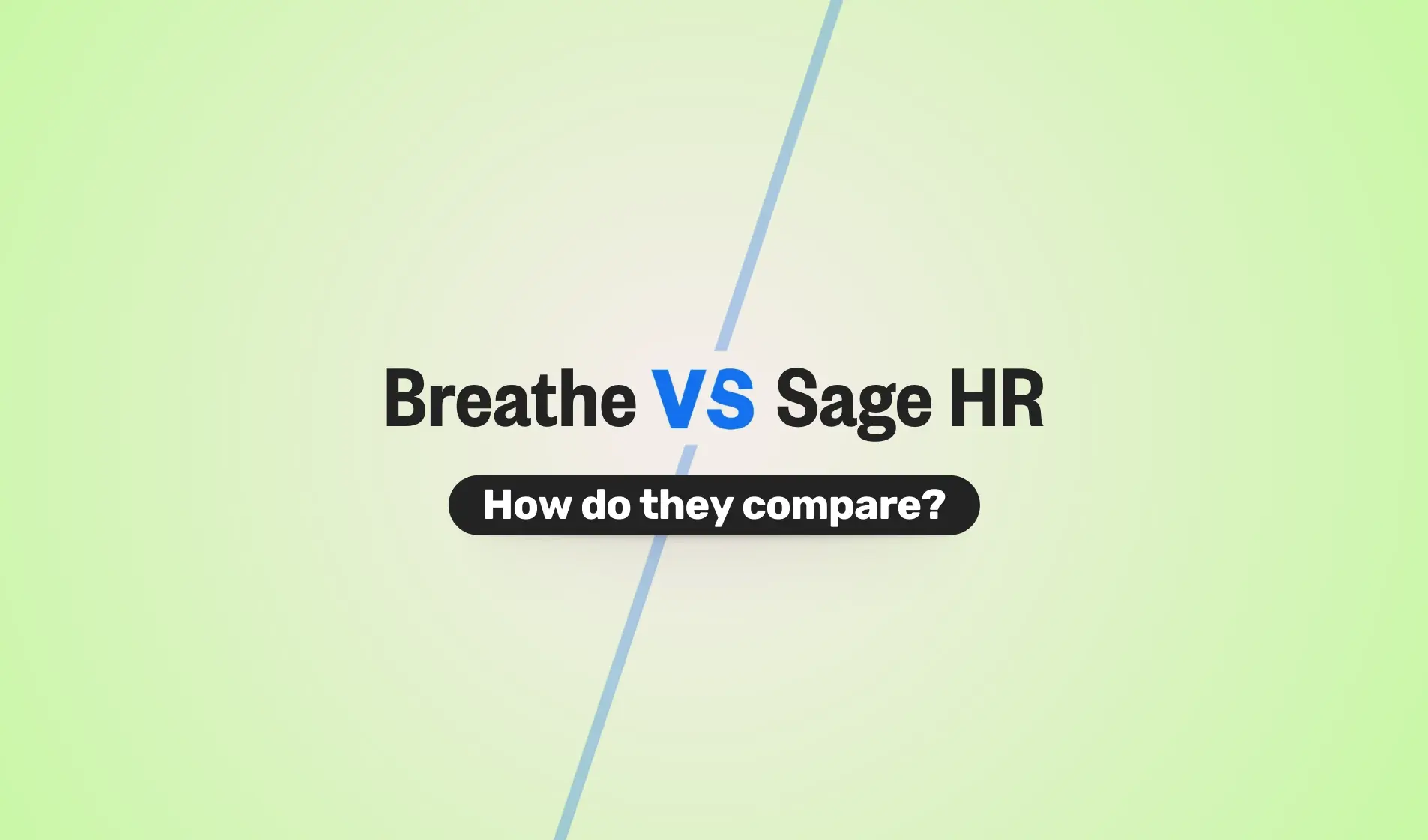A global pandemic & economic uncertainty for years have meant businesses have had to become increasingly agile.
The CEO of The Economist this year coined the term 'permavucalution', meaning a permanent state of crisis, combining the acronym 'VUCA' (volatile, uncertain, complex & ambiguous) and revolution, mainly due to the rise of AI.
Sounds quite exhausting, doesn't it? Or perhaps it's nice to have a word to sum up the chaos small businesses have endured for the past few years of change.
In this blog, we look at what business agility means, why agility has never been more important, and 5 ways SMEs can become more agile.
What is agile working?
Agile working or business agility is a way of operating that empowers an organisation to adapt rapidly and flexibly to external or internal changes.
The term ‘agile’ in a business context once described a software development methodology. As a software company, we’re no strangers to the origins and formulae for agile working.
Even so, it’s exciting to see the concept of business agility being applied to any type of business, drawing on the creativity and rigour of the tech industry.
Why is it important for businesses to be agile?
Being an agile business is important because of the way it gives your organisation a competitive advantage. By taking an agile approach, you can react more quickly to shifts in market dynamics and internal changes.
This helps your organisation deal with changing customer demands and puts you ahead of competitors who don’t have an agile approach.
It also helps to build resilience in the new post-pandemic working world.
5 ways to become a more agile business
1. An agile business focuses on fewer priorities
Most SMEs have a list of actions that read like the Never-Ending Story. To become more agile, get smart with prioritising those actions.
An agile approach creates focus by ruthlessly reducing priorities into a short (3-4) list that must be done. Then, as each priority is completed, you add a new priority to the list in response to your company’s drivers, strategies and new events. These could be internal or external.
2. Automate processes
To become a more agile business, you must get to grips with unambiguous and accessible communication methods.
Many agile businesses use information dashboards to provide real-time communication channels that allow teams to collaborate and understand what’s going on. Monday and Slack are intuitive and work well in an agile workplace.
Daily team huddles are another way of engaging your teams and building better communication and cohesion. Because they’re held daily, you ensure information is shared in a timely fashion.
Even better, a daily catch up can eliminate the need for the lengthy and inefficient monthly meetings no-one enjoys.
3. Empower your team
Your business can only operate on an agile basis if your culture supports it. This means employees must be able to make decisions themselves.
Business agility goes hand in hand with a more autonomous company culture; an organisation cannot be agile if your employees need sign-off on every decision.
4. An agile business plans for the unexpected
No-one knows what the future holds, which is why agile businesses plan for the unexpected. Building flexibility into your budgets, plans and reviews will give you a better chance of dealing with change quickly and easily.
A flexible business culture can respond to unexpected events without endless friction, confusion or unnecessary meetings.
From quarterly strategy reviews to business continuity planning, every part of a business can plan for a more agile and flexible way of doing business.
5. Build an agile mindset
An agile culture relies on trust, teamwork and innovation. This means engaging your employees in the changes you will need to make.
It’s worth remembering that transitioning to an agile business model may unsettle team members who are more accustomed to traditional ways of working.
If you’re encountering difficulties with implementing an agile culture, take heart and know that McKinsey found a company-wide agile approach improved employee engagement by as much as 30 points. It’s easy to understand why, the basics of an agile workplace – clear goals, increased autonomy and improved communication –are naturally aligned with better employee engagement.
In a world where unpredictability has become the norm, transitioning towards an agile business approach can benefit all businesses. A gradual adaptation of agile techniques can help your business increase its adaptability and reduce reliance on slower moving traditional business methods.
Why not trial Breathe for free for 14 days today?

Author: Laura Sands
Laura is a writer who enjoys getting into the detail of subjects and sharing that knowledge with snappy, interesting content. When not typing away, she enjoys walks in the woods and curling up with a good book and mug of something hot.






